Acadia National Park, Maine

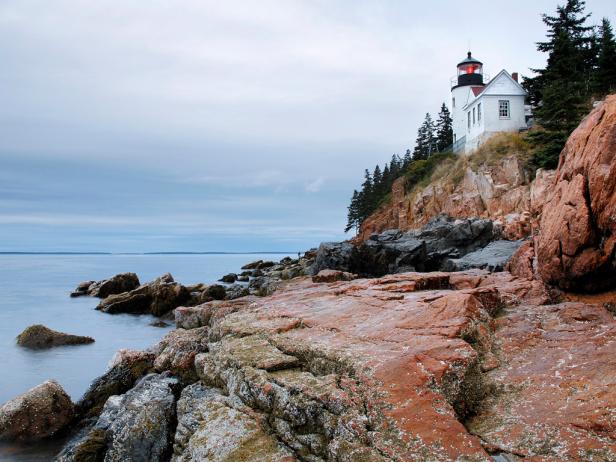
Thinkstock
One of America's great National Parks, Acadia National Park is composed of ocean, mountains, forests, streams and ponds, wetlands, meadows and beaches. Nature lovers cannot help but be sated after visiting this paradigm of natural wonders, which rests mainly on Mount Desert Island, but also extends to the Schoodic Peninsula, Isle au Haut and a dozen tinier islands. The park's dramatic geological extremes are the results of glacial activity and a melting process that shaped the area into islands, coves and kettle ponds, and a 10,000-year-old shoreline so "new" that finding sand is almost a rarity.
The plant and animal life in this 47,633-acre park is vast and accessible. Fisherman will find 28 species of fish lurking in the coves and streams, and bird-watchers will be awed by more than 300 species of birds (including a whopping 23 species of warblers, and that old icon -- the bald eagle), which call this park home.
Acadia reflects all that is New England, with glimpses back to the days when wealthy New Englanders first began settling the region -- there are winding carriage roads and quaint stone bridges ideal for hiking, biking and breathing crisp Maine air. With vistas that leave even the most experienced parkgoer speechless, the 27-mile Park Loop Road features the likes of Cadillac Mountain, the North Atlantic coast's highest promontory, and Thunder Hole, where views of waves smashing against the coast give visitors a powerful sense of how this very wondrous park was shaped.
Geological History
More than 500 million years ago, sand, silt and mud were deposited by rivers and transformed by pressure into bedrock, which tectonic plate movement and volcanoes ultimately warped into a mighty mountain range. The driving power of wind, water and glaciers wore down and shaped the range, and the glaciers' meltwater helped create the Gulf of Maine. As the glaciers melted, landmasses emerged. Today the forces of the ocean waves and winds are still shaping the area.
Park Activities
The variety of geological features offers something for everyone. There are 115 miles of hiking trails looping through the park and 45 miles of carriage trails, which are perfect for walking, biking or horseback riding. Fishing, boating, skiing, snowshoeing and wildlife watching are also available. One of the park's true gems is its educational ranger-led programs, which include boat cruises, mountain hikes, stargazing, bird and nature walks, short talks and evening slide programs.
Where to Stay
Experience Acadia's natural glory by staying at one of the park's campgrounds, only a 10-minute hike from the ocean. Blackwoods Campground is open year-round, and has sites for small and large tents, RVs up to 35 feet, pop-ups and vehicle campers. Facilities include comfort stations, cold running water, a dump station, picnic tables, fire rings and water faucets. Reservations are required from May through October.
Side Trips
Just outside park limits on Mount Desert Island is the quaint town of Bar Harbor. Museums explore everything from the town's rich Native American heritage to its distinct microbrews. Bars, restaurants, an art-deco theater and two annual music festivals ensure a town rich in culture and activities.
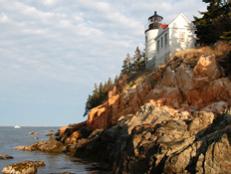
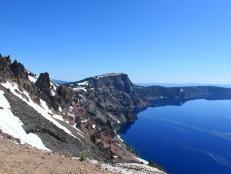
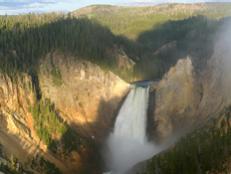
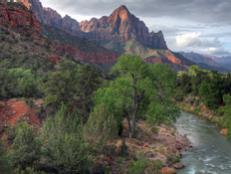
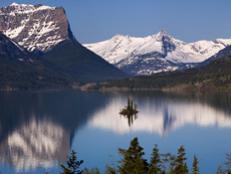
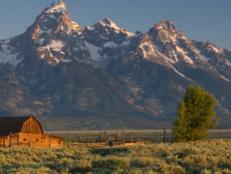
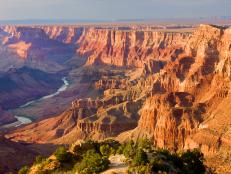
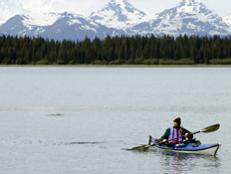
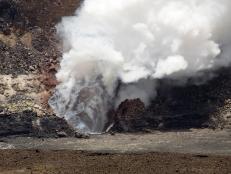

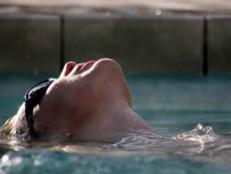
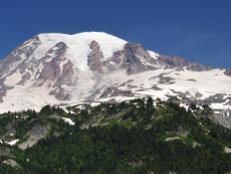
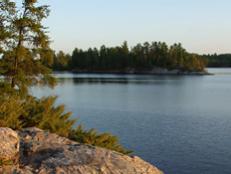
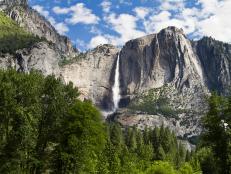
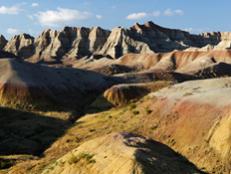
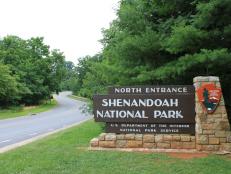
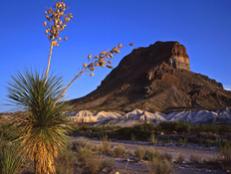
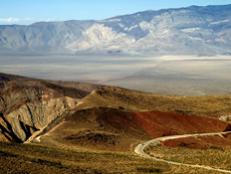
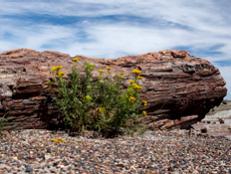
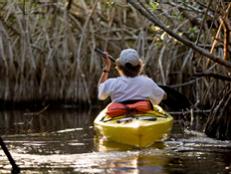
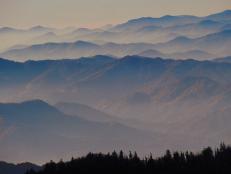
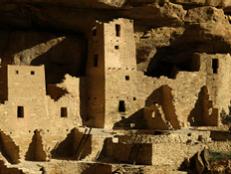
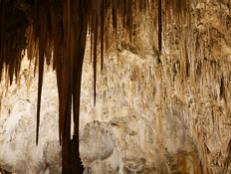
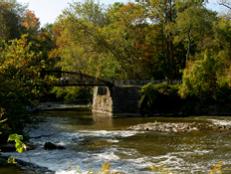

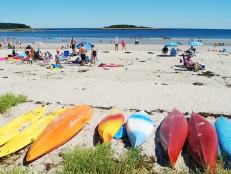

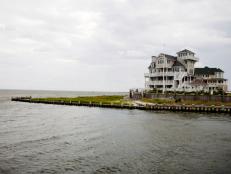
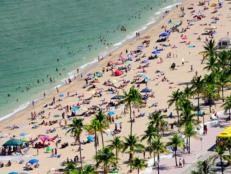


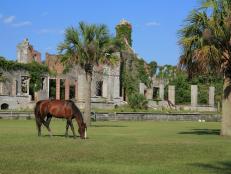

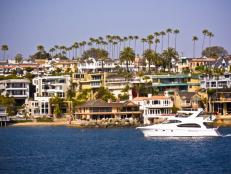

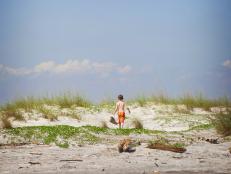

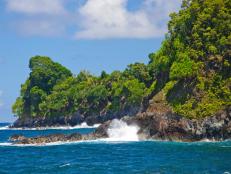
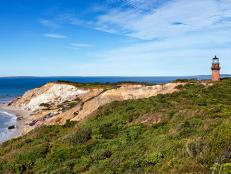
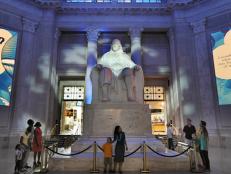
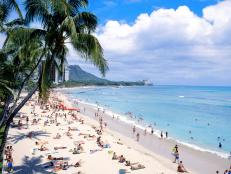

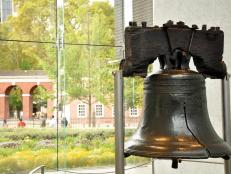
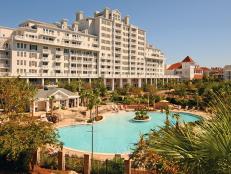



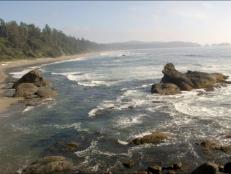
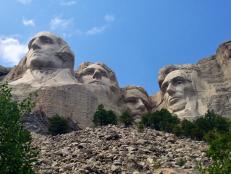


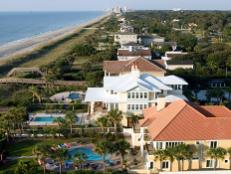

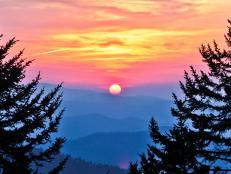
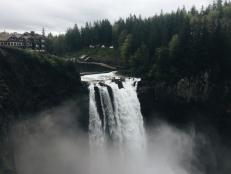
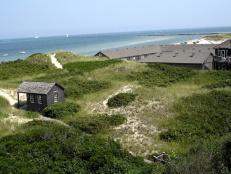
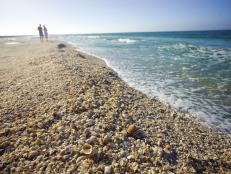
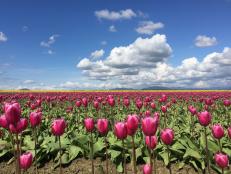

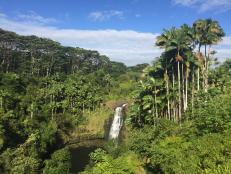
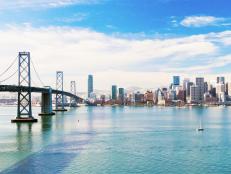
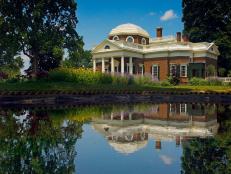


















.jpg.rend.hgtvcom.231.174.suffix/1674758726773.jpeg)










